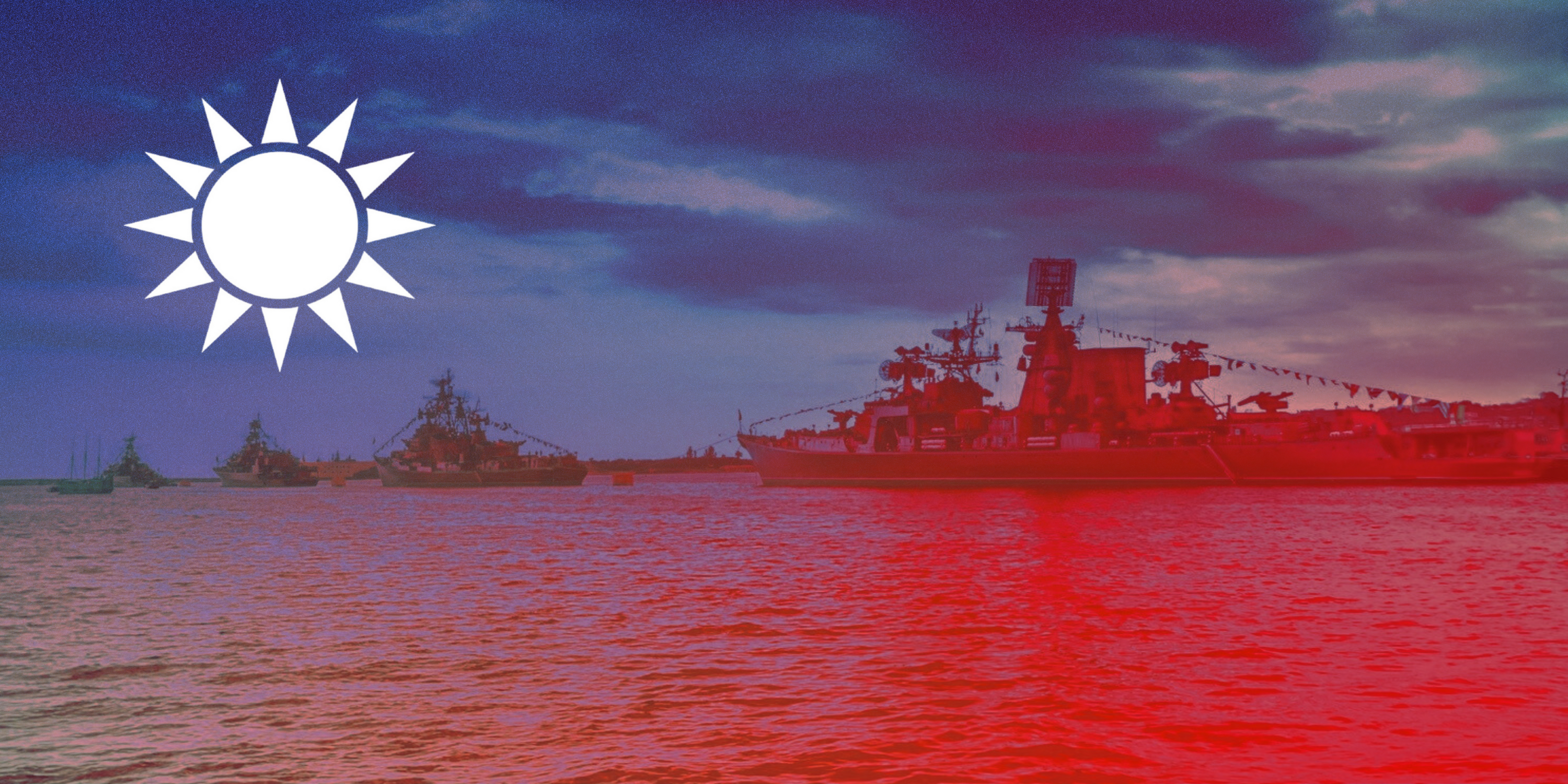You can read the full paper (in Slovak) here.
Policy paper by Richard Q. Turcsányi and Matej Šimalčík deals with Sino-Slovak relations, and explores Chinese activities in Slovakia with qualitative approach. Based on interviews and questionnaires of Slovak personalities dealing with China, public and closed discussions, qualitative analysis of select documents, and analysis of long-term trends of Chinese foreign policy and international relations, the paper offers an in-depth account of relations between China and Slovakia. Based on the main findings of the research, the paper offers recommendations for Slovak policy towards China, such as the need to support the development of domestic analytical capacities with understanding of contemporary China, support for rational and inclusive debates on Slovak interests in China, or active engagement in formulating common EU policy towards China.
Summary
- Aim of this policy paper is to offer an in-depth account of Chinese presence in Slovakia. The first ChinfluenCE policy paper presented the findings of a quantitative media analysis. This paper moves the topic further and using qualitative approach it discusses broader and deeper context of China-Slovakia relations. Primary tools of this research were mostly interviews and questionnaires of Slovak personalities dealing with China, public and closed discussions, qualitative analysis of select documents, and analysis of long-term trends of Chinese foreign policy and international relations.
- Slovakia is in the position of a late comer when it comes to developing relations with China. This is not automatically bad news, since neighboring states did not achieve so much either. On the other hand, Slovakia now has the opportunity to learn from both their successes and failures. It is quite positive that in Slovakia, with few exceptions there are no comprehensive pro-China pressures from neither political parties, companies, lobbyists, etc.
- Slovakia is not very important to China right now, and this is not very likely to change in the future. It should not be the objective of Slovak diplomacy to change that.
- The biggest challenge Slovakia is facing it not being ready for the growing Chinese presence, with is set to continue in the future. While in Slovakia China is not a subject of political disputes (unlike in Czech Republic), there is also no consensus among the political parties and individual ministries. On one hand, it is necessary to put an end to unrealistic expectations and attempts to interact with China at “any cost”, on the other hand it is necessary to start developing capacities capable of formulating policy towards China. This includes the capability to differentiate between investments in order to prevent undesirable effects. Slovakia should support the attempt to create EU screening mechanism and have its own initiative as well.
- In Slovak strategy towards China, the 16+1 platform serves to develop economic relations, while EU+China format serves to develop political relations. V4+China framework has been quite marginal so far, partially due to the lack of will to put aside the sense of competition among the V4 members in developing relations with China and luring in Chinese investments.
- Situation surrounding the Chinese investments in Slovakia but also the broader region has remained in the realm of future expectations for the past ten years. As the time goes and specific transactions are not happening, these expectations are turning into disappointment. This is mostly visible within the 16+1 platform, less so within the Belt and Road Initiative.
- CITIC, a state fund, becoming a shareholder of CEFC Europe (major Chinese investor in central Europe) shows that concerns of many critics who warned of political motives behind Chinese investments were sound, since CITIC, as a state owned enterprise, is mostly concerned with promoting the interests of Chinese government.
- China together with Russia is often perceived as symbols of attack against democracy. However, this perception is simplistic. While in specific instances Chinese activities may be seen as problematic, generally speaking China and Russia both have very different goals and options how to achieve them.
Recommendations
- Stop seeing China as an automatic threat or one-sided opportunity. Black and white perception of China is an obstacle to formulating a successful foreign policy towards China.
- Stop seeing Chinese investments as panacea for economic development of the country. Previous experiences of neighboring countries and analysis of future trends leads to conclusion that we should not expect a fast increase in Chinese investments into any desirable sectors of the economy.
- Define strategic industries, in which Chinese investments would have to undergo a more detailed scrutiny. Media should be defined as a strategic industry as well.
- Support an inclusive debate on Sino-Slovak relations. Inevitable part of that is development of journalism focused on Chinese activities in Slovakia and the EU.
- Develop analytical capacities with knowledge of contemporary China and its domestic and foreign policies, since is it a prerequisite to formulation of a successful Slovak policy towards China.
- Create capacity for screening of Chinese investments and their effects on Slovak economy as well as security interests.
- Screening of Chinese investments cannot lead to an a priori rejection of anything Chinese, or to increasing of bureaucratic burden for Slovak businesses.
- Slovak policy towards China should make use of all three multilateral frameworks of cooperation (16+1, EU+China, V4+China) and should not mostly rely on 16+1 format which was initiated by China.
- Actively engage in formulation of EU common policy towards China with the goal that the policy reflects also the interests of small member states such as Slovakia.
- Support the developing of V4+China format, which can serve as an alternative to China preferred 16+1. However, it should not be seen as an alternative to EU+China. Cooperation within V4 towards China can help mainly when it comes to specific issues such as presentation of trade and investment opportunities in the region, common tourism presentation, people-to-people exchanges, etc.
You can read the full paper (in Slovak) here.






